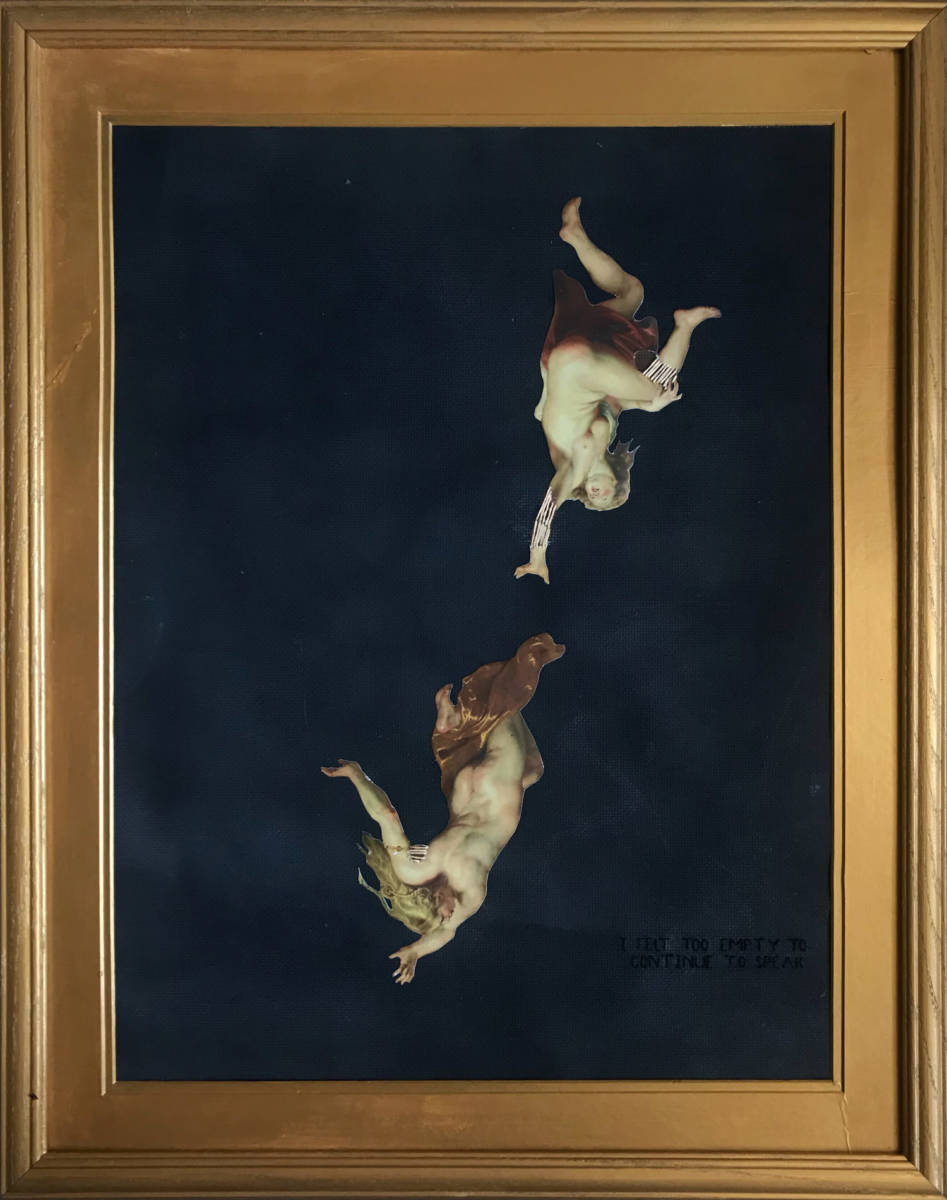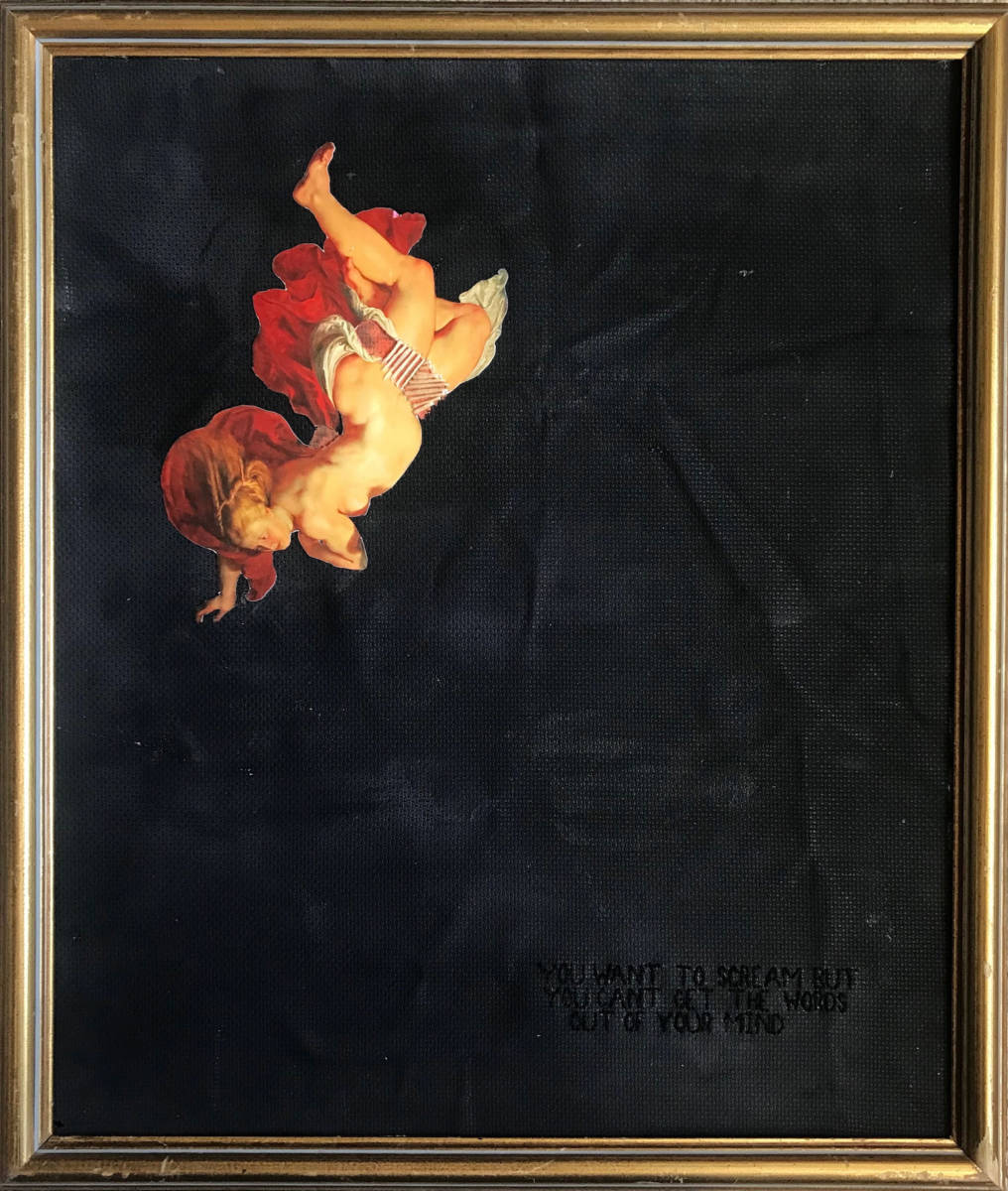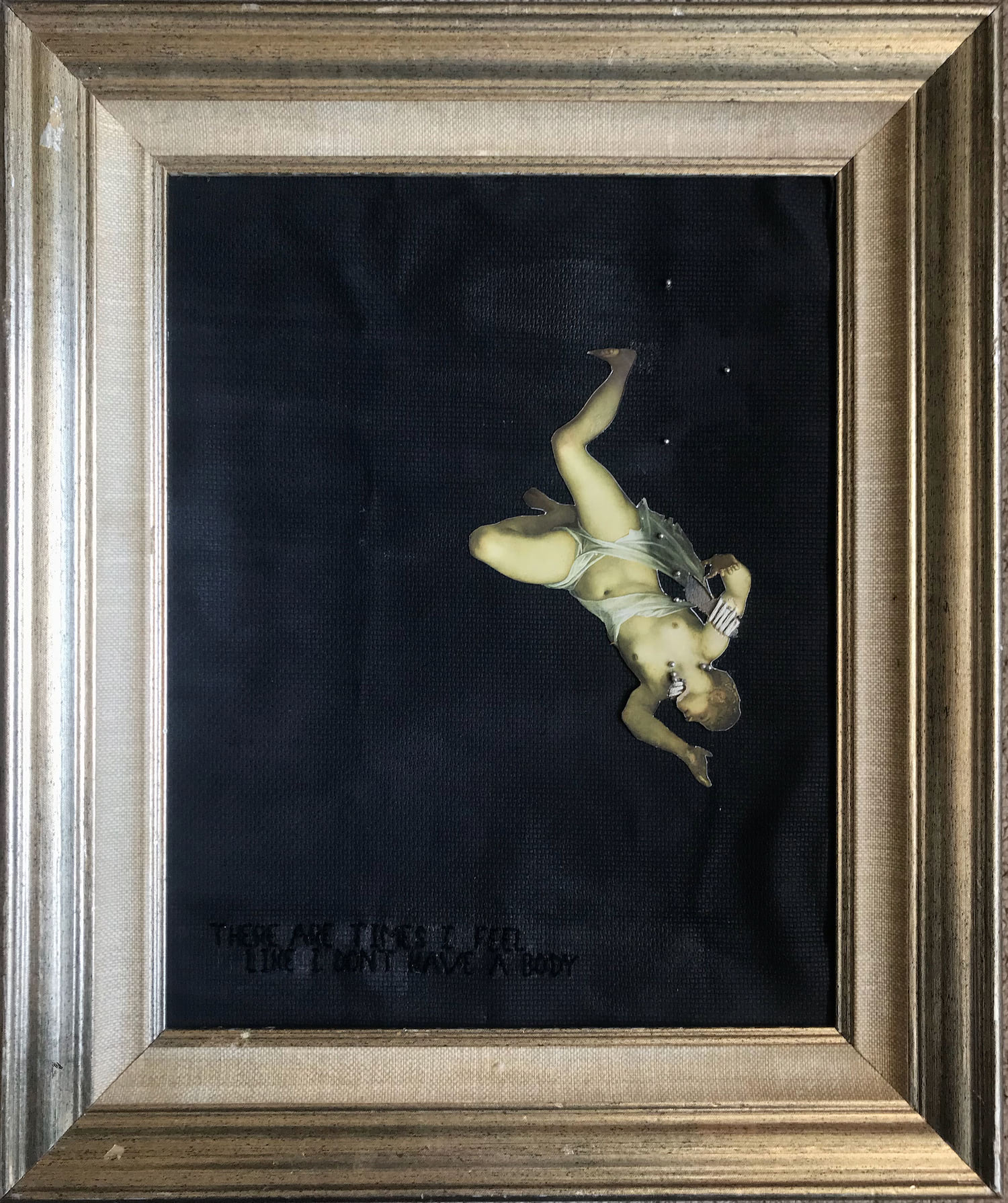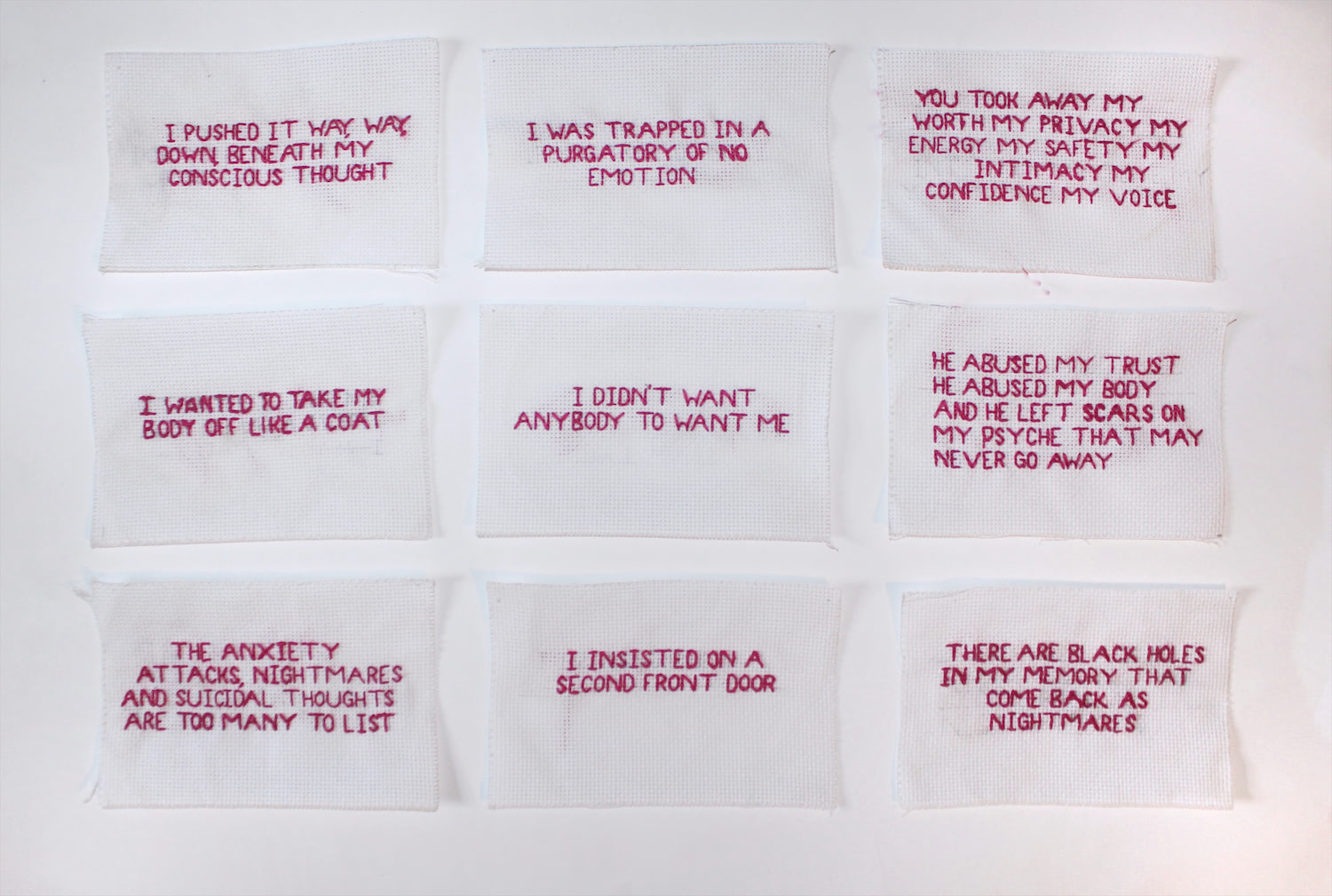Mackenzie Hewitt


In the Name of Justice (2020) exposes unjust practices of the criminal justice system by following the story of my family friend who was charged with sexual assault. It details myself and my family’s experiences struggling with whether to support the victim of a reportedly violent rape or to seek justice for a friend—and questions the possibility of achieving both.
In America, we lock up more of our citizens than any other country in the world by proportion. It can be challenging to see someone as more than their crime in our current system of mass incarceration, but if we can recognize humanity within even the worst offenders, we are capable of creating a more equitable criminal justice system for everyone involved.
In the Name of Justice (2020) exposes unjust practices of the criminal justice system by following the story of my family friend who was charged with sexual assault. It details myself and my family’s experiences struggling with whether to support the victim of a reportedly violent rape or to seek justice for a friend—and questions the possibility of achieving both.
In America, we lock up more of our citizens than any other country in the world by proportion. It can be challenging to see someone as more than their crime in our current system of mass incarceration, but if we can recognize humanity within even the worst offenders, we are capable of creating a more equitable criminal justice system for everyone involved.



The Daughters of Leucippus
2019
The current trends of victim blaming and attitudes toward women have been shaped by the actions and attitudes of the past. In this piece, I aim to show the way women’s voices are absent from classical portrayals of rape, by physically removing female subjects and placing them in a new context, drawing attention to the gaps left by men. By doing so I attempt to disrupt the historical rape narrative by showing what the situation and effects may look or feel like from the women’s perspective or to a female viewer. I continue with my use of embroidery, imposing modern testimony onto historical figures to connect the past to the present; showing that we currently treat rape victims in similar ways to the
past. By displaying these similarities and bringing awareness to the lack of representation of female victims of rape in history, I hope to refute the myth that women secretly enjoy rape and can’t be believed, in a continued effort to deter victim blaming. This work was featured in the 2019 Sexual Assault Prevention and Awareness Center (SAPAC) Revolution Art Exhibition.

Why Didn’t They Come Forward Sooner?
2019
Often times in sexual assault cases, victims may be discredited, and the emotional and psychological trauma they endure is devalued, allowing for victim blame. I intend to reclaim the gendered medium of embroidery because those who blame victims also tend to value traditional gender roles. In this piece, I
aim to highlight the severe mental, and emotional trauma endured by survivors of sexual assault, through testimony. It’s my hope by using firsthand testimony I’ll help those who blame victims attach more gravity to these effects of sexual assault. I organized a workshop with survivors of sexual assault, where I taught the meditative craft of embroidery and they contributed by embroidering testimony.This work was featured in the 2019 Sexual Assault Prevention and Awareness Center (SAPAC) Revolution Art Exhibition.
Memory
2019
In this project I investigate the complex healing process of sexual assault survivors using the process of untangling and re-tangling string dipped in wax and attaching it to copper wire. This process and these materials represent the cyclical healing process, the repetition of flashbacks, and the process of sorting
through an experience in order to rebuild the self. I untangle a ball of string representing sorting through memories, and restructure the fragments of string with the more stable wire. Once the object is constructed, the video is projected through it, symbolizing the way this healing process is a private and
hidden experience. This piece would ideally be played on a loop, where viewers can come and go as they please.
